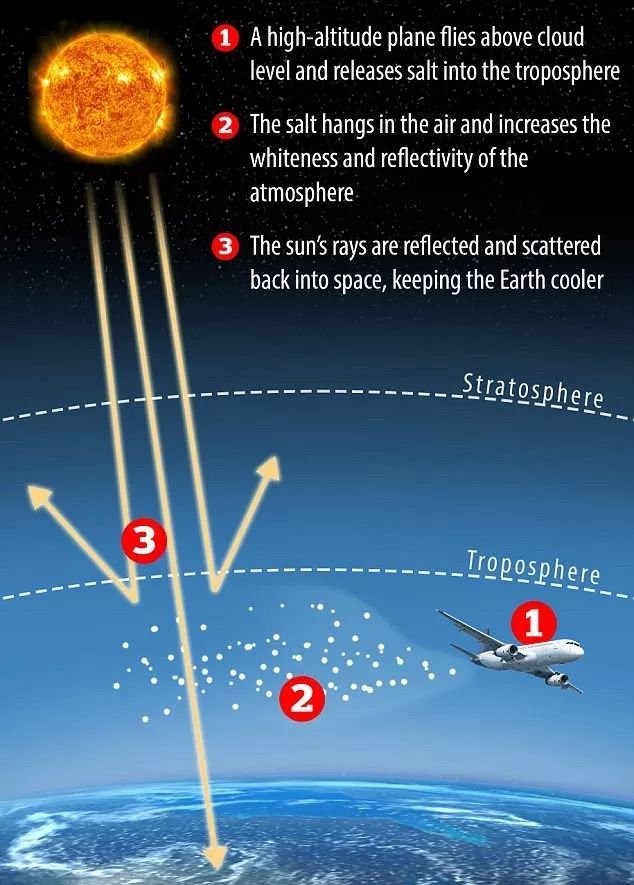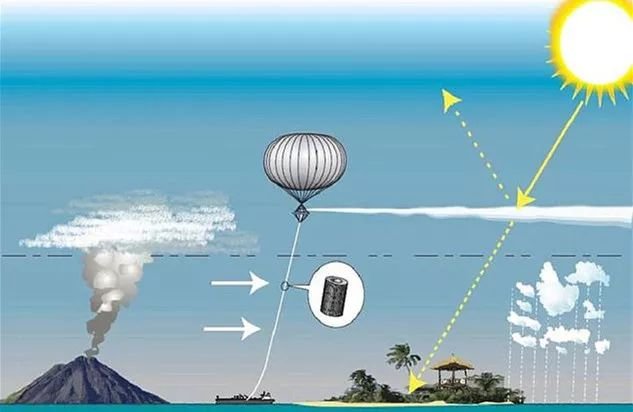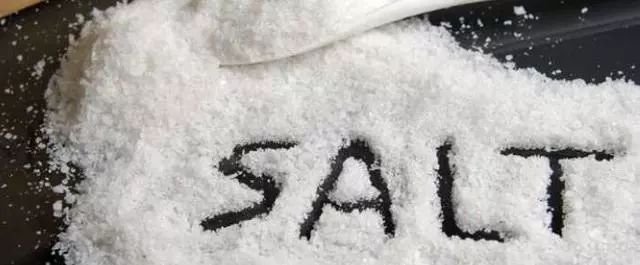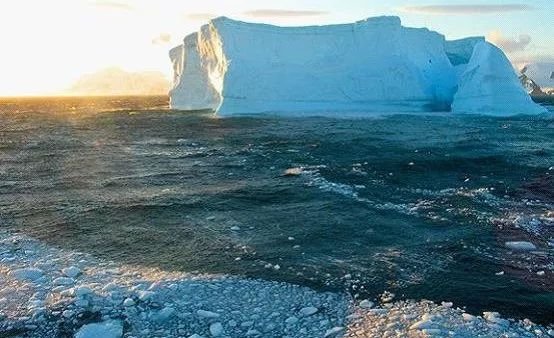全球变暖让整个世界都为之头疼,为解决这个难题科学家们可以说是绞尽脑汁!下面小译就带大家看看科学家们都有哪些奇思妙想吧!
Sprinkling table salt in to the sky 11 miles above our planet could slow the pace of global warming, scientists have suggested. This latest 'geo-engineering' plan could halt rising temperatures by reflecting more of the sun's rays, scientists say. It is hoped that the particles of salt will reflect the sun's energy back into space, stopping it from warming up Earth. The bizarre concept is based on the similar cooling effect of volcano eruptions on the atmosphere.
科学家们认为,向距离地球表面11英里高的空中抛洒食盐或许能够减缓全球变暖的脚步。科学家们表示,此项最新的‘地质工程学’计划能够通过反射更多的紫外线来阻止气温上升,此外人们期望食盐颗粒能够将太阳能反射回太空,以阻止地球升温。这一奇怪的想法基于火山喷发对大气产生的相似冷却效应。


However, such geoengineering plans are not without controversy. Some scientists warn artificially cooling Earth to counter global warming could destroy our planet if the process is abruptly stopped. Geo-engineering is seen as a 'plan B' against climate change, to come into effect if the global agreements on reducing greenhouse gasses fails.
然而,这项地质工程计划饱受争议。有些科学家警告称,这种人为降低地球温度以缓解全球变暖的方法一旦突然停止,很可能会毁掉我们的星球。该地质工程计划其实是应对气候变暖的B方案,在全球减少温室气体排放协定失效后该方案才会生效。
Previously experts have suggested a giant helium balloon the size of Wembley Stadium could pump droplets of sulphates and aerosol particles into the stratosphere. Another eccentric plan involved flying a giant mirror into space to reflect the sun's rays, writes The Times.
曾有专家建议,可利用温布利球场一样大的巨型氦气球,将其内的硫酸盐和气溶胶粒子颗粒释放到平流层。《泰晤士报》称,还有一个古怪的计划是在宇宙中放置一面巨型镜子,来反射太阳紫外线。

Robert Nelson, a senior researcher at the US Planetary Science Institute proposed the latest idea at a conference in Texas. He thought of it while studying dwarf planet Ceres which is the largest object in the asteroid belt. It has white blotches which are believed to be the result of brine.
美国行星科学研究所资深研究员罗伯特·尼尔森在德克萨斯州开会时提出了一个最新想法。这个想法是他在研究矮行星谷神星时突然想到的。谷神星是小行星带中最大的天体,它表面的白色斑点据说是含有浓盐水所致。
Dr Nelson realised he could create similar white blotches on Earth using sodium chloride, or ordinary table salt. He said sprinkling table salt into the upper troposphere would make the atmosphere whiter and would not negatively effect weather systems. He believes it would be the most readily available, safe and reflective substance for the job.
尼尔森博士认为,可以借助氯化钠或普通食盐在地球表面生成相似的白色斑点。他表示向对流层喷洒食盐能够在不影响空气系统的情况下,让大气层变白。他认为食盐是执行该任务时最易获取、最安全的反光物质。

He also looked at the possibility of using aluminium oxide and sulphur dixoide which have been associated with causing lung diseases and acid rain. He proposed testing his hypothesis above an area expected to be badly affected by climate change.
他同样考虑了使用氧化铝和二氧化硫的可能性。但这两种物质容易造成肺癌以及引起酸雨。他建议选择一片受全球变暖影响严重的区域来检验他所提出的假设。
Proposals by some scientists to spray chemicals such as sulphur high in the atmosphere from aeroplanes have won more attention since Paris as a relatively cheap fix, costing perhaps $1 billion to $10 billion a year.
一些科学家建议通过飞机向大气层喷洒硫磺等化学物质。该建议引起了很多关注,因为即便是相对来说投入较低的《巴黎协定》也要求每年花费10亿到1000亿美元应对气候变暖。
But such geo-engineering may be 'economically, socially and institutionally infeasible,' according to a draft obtained by Reuters covering hundreds of pages on risks of droughts, floods, heat waves and more powerful storms. The draft, by the Intergovernmental Panel on Climate Change (IPCC) about ways to limit warming to 1.5 degrees Celsius (2.7 Fahrenheit) above pre-industrial times, is due for publication in October.
但是这种地质工程学方法从 ‘经济、社会和机构角度而言是不可行的,’ 路透社获取了一份政府间气候变化委员会制定的草案,其中有上百页篇幅阐述了干旱、洪水、热浪和更强风暴的危险。该草案计划于十月正式发布,旨在防止后工业时代全球变暖1.5摄氏度(2.7华氏度)。

'To deploy it safely ... would take many decades,' said Myles Allen, a professor of geosystem science at Oxford University said back in January. He said it was 'completely misleading' to suggest it could be an easy short-cut to slow warming. Given the long time needed for research, it would be better to focus on ways to limit greenhouse emissions, he said.
牛津大学地球系统科学专业教授艾伦·迈尔斯一月份表示,“要想安全解决全球变暖…还需要再花上几十年。” 他认为将喷洒盐块的途径奉为减缓全球变暖的捷径 ‘完全是种误导’。他说:这么长时间的研究表明,探究减少温室气体排放的方法才更靠谱。
伤口撒盐